Introduction: Understanding Hook Bends for Better Fishing Results
Hook bends are a crucial aspect of fishing hooks and play a big role in determining their effectiveness. In this blog, we'll explore six of the most popular hook bends used by anglers: J Hook, Round, Circle, Wide Gap, Extra Wide Gap (EWG), Pro-V, and O'Shaughnessy. Understanding the different hook bends and their benefits can help anglers make informed decisions when selecting hooks for their fishing trips.
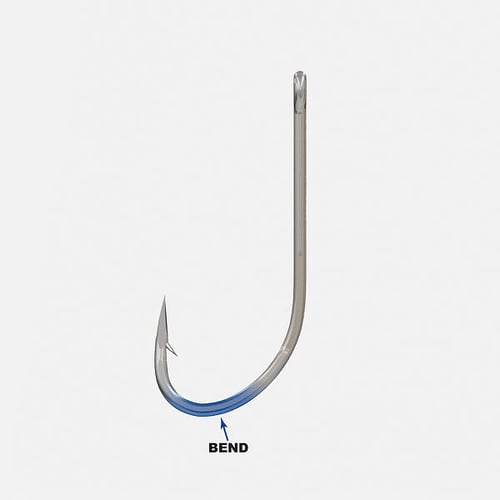
J Hook: The Classic and Versatile Option
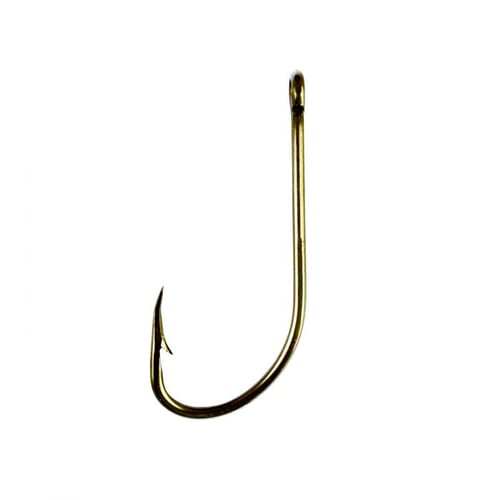
The J hook is the most classic and well-known hook bend and resembles the letter "J." The design of the J hook dates back thousands of years and has remained largely unchanged throughout history. The simplicity of its design has made it a favorite of anglers for generations. J hooks come in a wide range of sizes, from small freshwater hooks to massive hooks designed for catching sharks, with many variations that have been developed to suit different fishing applications.
Some J-hook options: Plain Shank Snell, Baitholder Snell, Aberdeen Hook
Round Bend Hooks: Versatile and High Hook-Up Ratio
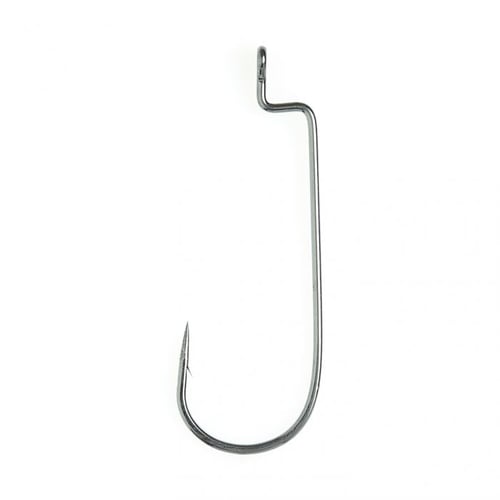
Round bend hooks are similar to J hooks, but the bend on a round hook is noticeably circular. This design allows for a large bite area, making the hook-up ratio for most round bend hooks excellent. The traditional offset worm hook is the most popular round bend style hook, but you can also find round bend treble hooks and straight shank round bends. Round bend hooks have become increasingly popular among anglers due to their versatility and high hook-up ratio.
Some Round Bend Hook Options: L091 Round Bend Worm Hook, TK100 Heavy Duty Worm Hook,
Circle Hooks: Humane and Efficient

Circle hooks are defined by their circular bend that extends up into the throat of the hook and a point that points back 90 degrees toward the shank. The circle shape of the bend sets this hook apart from others and makes it a favorite among conservation-minded anglers. Circle hooks have a reputation for consistently hooking fish in the corner of the mouth, making it easier and quicker to release them unharmed. The evolution of circle hooks has been driven by a need for a more humane way of fishing and has become widely used and loved around the world.
Some Circle Hook options: L2222 Circle Sea Hook, TK5 All Purpose Circle Hook,
Wide Gap Hooks: Ideal for Bulkier Baits
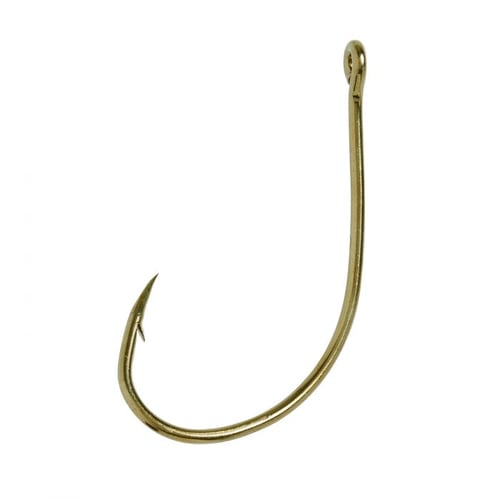
The bend on wide gap hooks is more gradual, allowing for more area between the hook point and shank. When using larger bait, whether live or artificial, there needs to be room for the bait to collapse out of the way to get a solid hookset. By widening the gap on hooks, anglers are able to provide more room for bait to collapse, resulting in a higher hook-up ratio when using bulkier bait. Wide gap hook designs have become a go-to option for many fishing scenarios due to their success.
Some Wide Gap options: L042 Steelhead/Walleye Wide Gap Hook, L097 Wide Gap Wacky Worm Hook, L2004 Light Wire Wide Gap Circle Sea Hook
Extra Wide Gap (EWG) Hooks: Even More Room for bulkier soft plastics

The bend on extra wide gap (EWG) hooks starts higher in the shank, allowing for a more gradual bend and providing a much larger space between the hook point and shank (gap). This design gives anglers much more room for bait to collapse, resulting in a much better hook-up ratio when using bulkier baits. Another advantage of the EWG style is that the hook point is directly inline with the hook eye which keeps presentations streamline and extremely weedless.
Some EWG options: L7013 Extra Wide Gap Worm Hook, TK110 Extra Wide Gap Worm Hook, TK120 Magworm Hook
O'Shaughnessy Hooks: Greater Surface Area for Hooking

The O'Shaughnessy style hook is named after the Irish fisherman and inventor, Captain J.O'Shaughnessy. This style of hook looks like a standard J hook from the shank, but the throat side bend is much more aggressive. O'Shaughnessy hooks have a variety of uses in both fresh and saltwater fishing. The design of the O'Shaughnessy hook provides a greater surface area for hooking and holding onto fish, making it a popular choice among anglers.
Some O'Shaugnessy options: O'Saughnessy Hook, L256 O'Saughnessy Live Bait Hook, 413 O'Shaughnessy Jig Hook
Pro-V Hooks: An extra layer of security to keep fish pinned
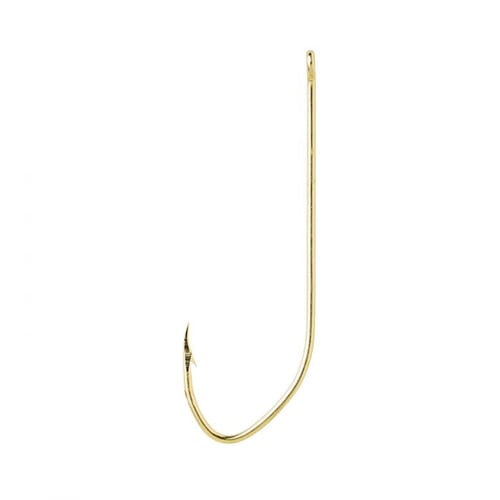
The Pro-V bend is easily recognizable thanks to its unique V-shape at the bend. This bend offers several benefits to anglers, but perhaps the most important is immediately directing fish to the deepest part of the bend and keeping them locked in place. When fish are hooked with a Pro-V bend, it is difficult to remove them, making pliers an essential tool for any angler using this style of hook.
Some Pro-V options: TK137 Pro-V Finesse Hook, 203 Pro-V Aberdeen Hook, 138 Pro-V Baitholder Snell
Conclusion:
In conclusion, the bend of a hook is one of the key features that define its purpose and effectiveness. Anglers have a variety of hook bends to choose from, each with its own set of advantages. From the traditional J hook to the more specialized Pro-V bend, each hook bend has a unique design that caters to specific fishing applications. Understanding the different hook bends and their benefits can help anglers make informed decisions when selecting hooks for their fishing trips. Whether you are a seasoned angler or just starting out, having the right hook bend for the job can greatly improve your chances of landing that big catch.
If you have any questions please post them in the comment section below we're here to help!
Learn more about fish hooks to maximize your time on the water! Click here to learn what makes a fish hook and how to take what you've learned to select the right hook for each angling adventure you take.

